The mission of Permasystems is to design, build, and supply low-impact, perennial and functional structures for future generations based in permaculture and ecological design while providing education, consulting and fostering community awareness.
Tour will show and describe rainwater harvesting tank systems, earthworks methods, utilization of repurposed materials, shipping container building, compost toilet, outdoor shower and greywater systems, earthen cob house in progress, early stages of a food forest and various climate appropriate food bearing plants. Topics such as permaculture design and implementation, water wise practices, soil health, edible and useful plants, irrigation, natural building, seed saving and propagation, natural history and ecology, botany, Kumeyaay appreciation, history, geology, and more will be touched upon.
Whether you're a permaculture veteran or have no idea what the term means, they’ll be fun and interesting things to see and learn.
Expect about 1 mile of walking, some on uneven ground so bring sturdy shoes. Please bring sun protection and water as we will mostly be in the sun. Bathrooms won’t be available for most of the tour.
Tour will last about 1.5-2 hours. Please RSVP with number of people in party to [email protected] for details, directions and to secure your spot. Detailed directions will be provided as we live off the beaten path up a long steep dirt road (driveable with any car though) where GPS sometimes takes people the wrong way. Limit of 12 people. Tour is free but donations are appreciated.
Please arrive early or right on time because once the tour starts we’ll leave the parking area and won’t be able come back for latecomers.
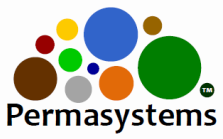
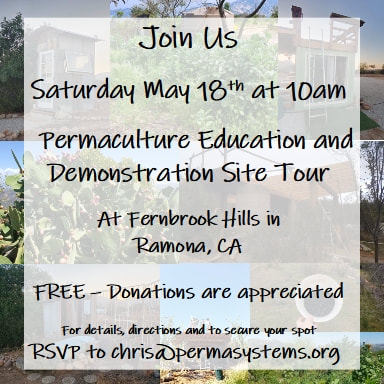
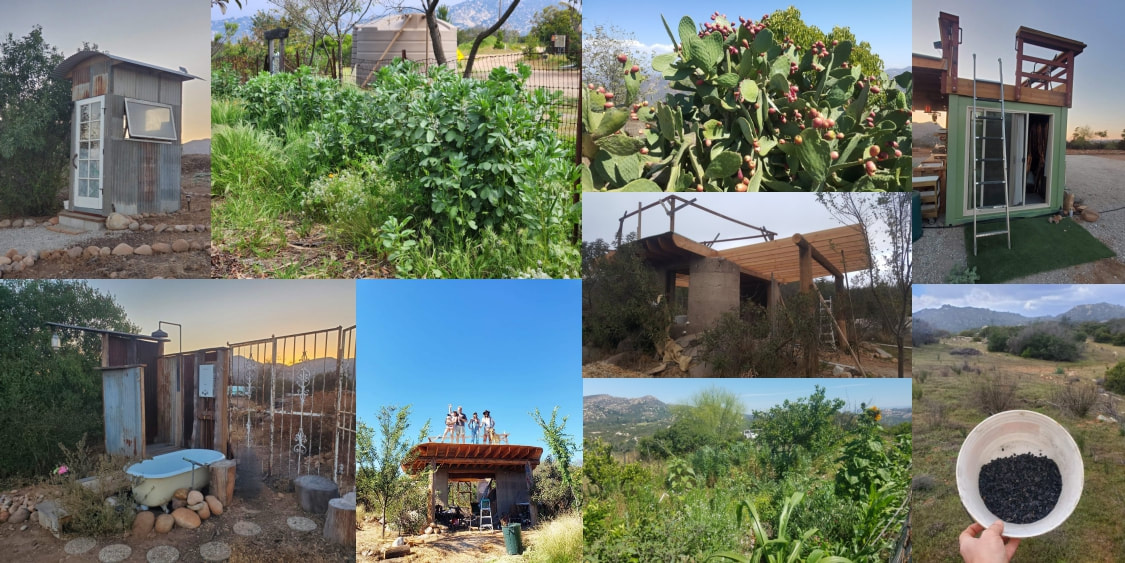
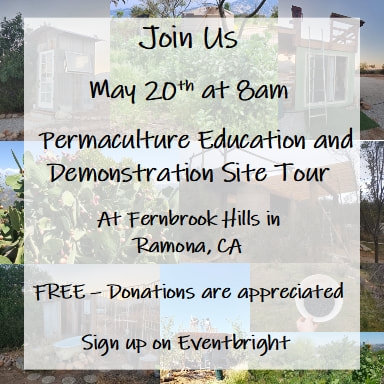

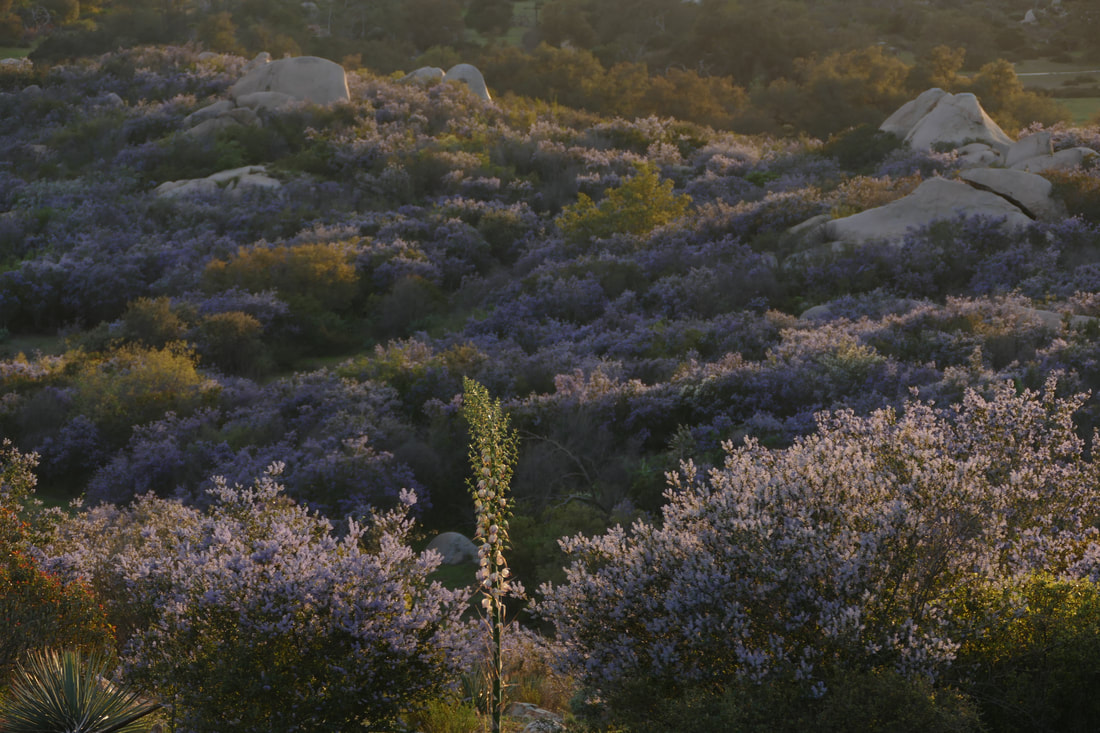
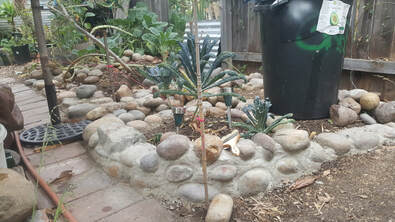
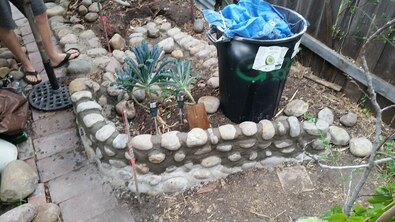
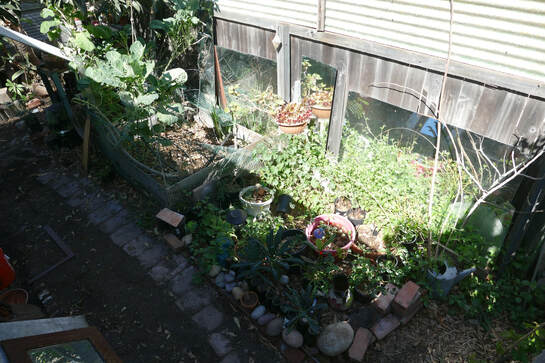
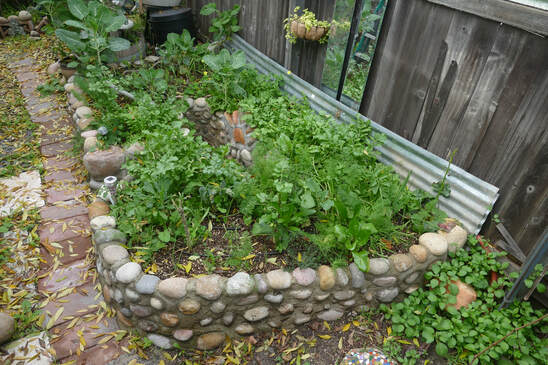
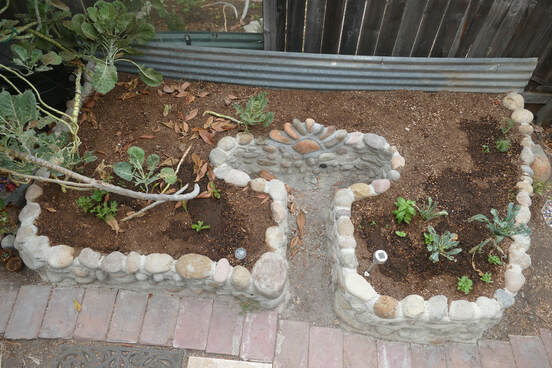
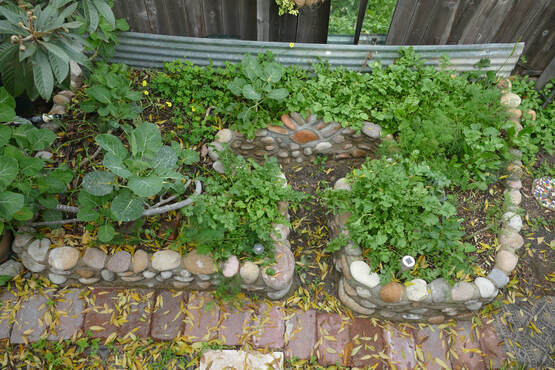
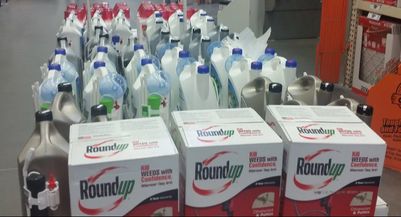
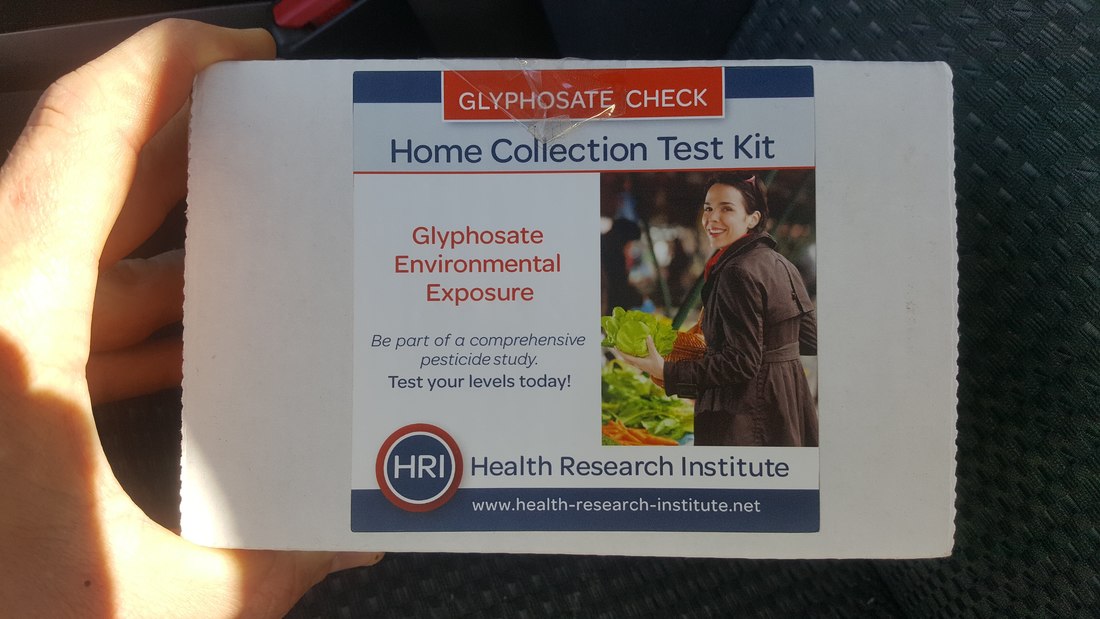
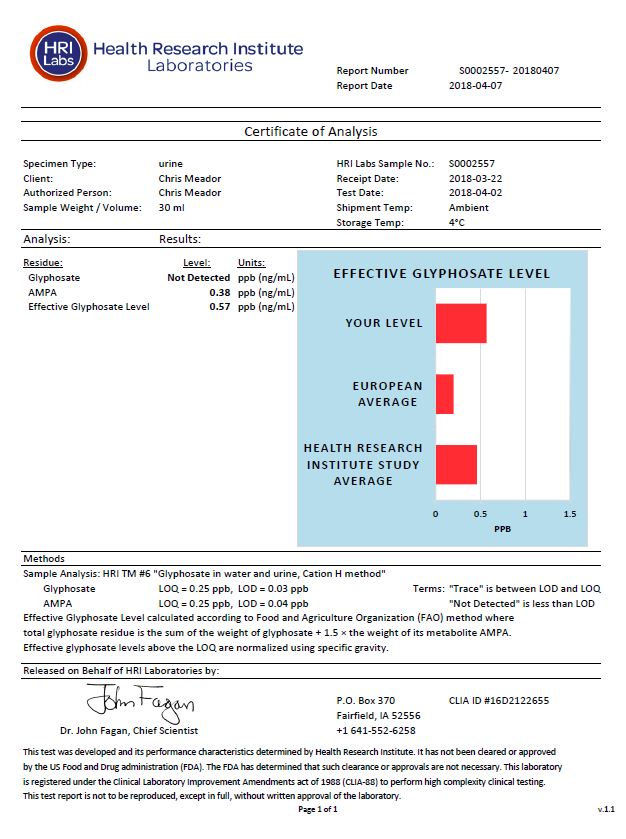
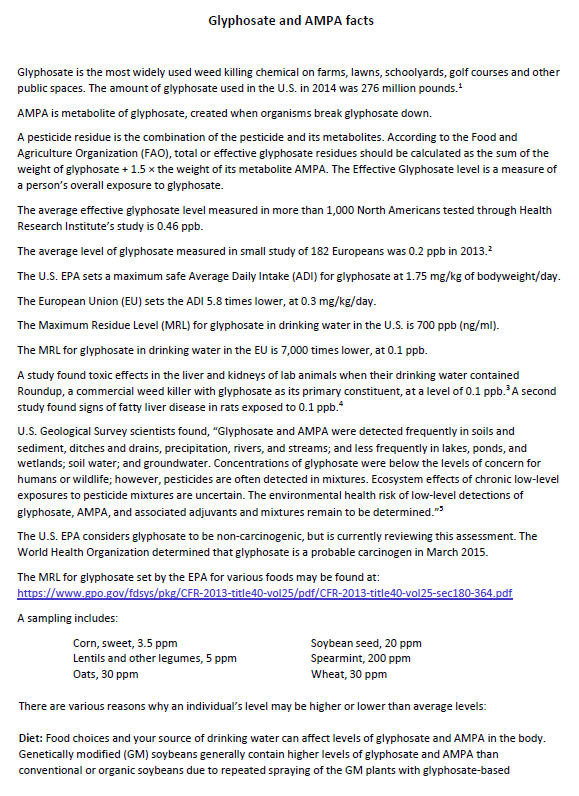

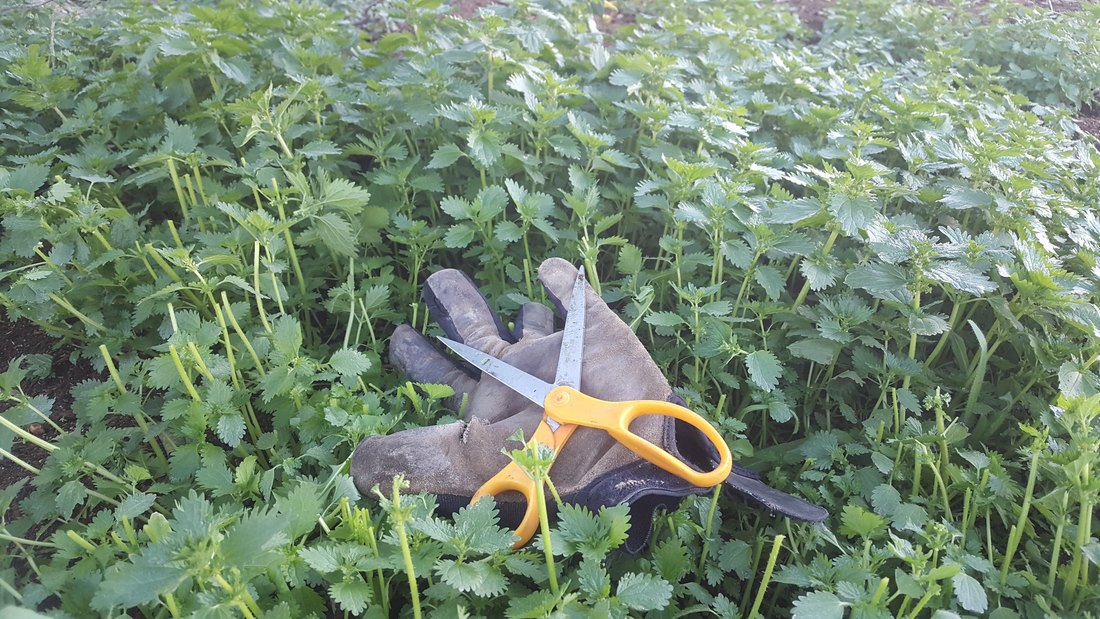
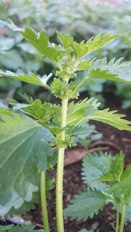

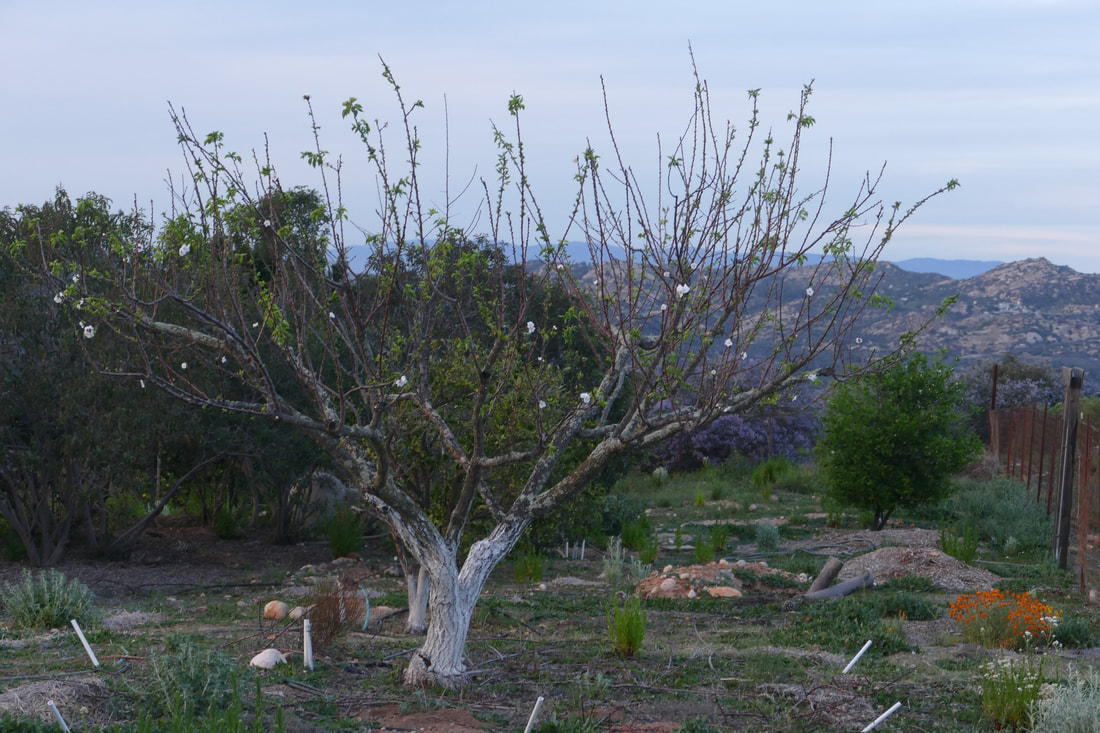
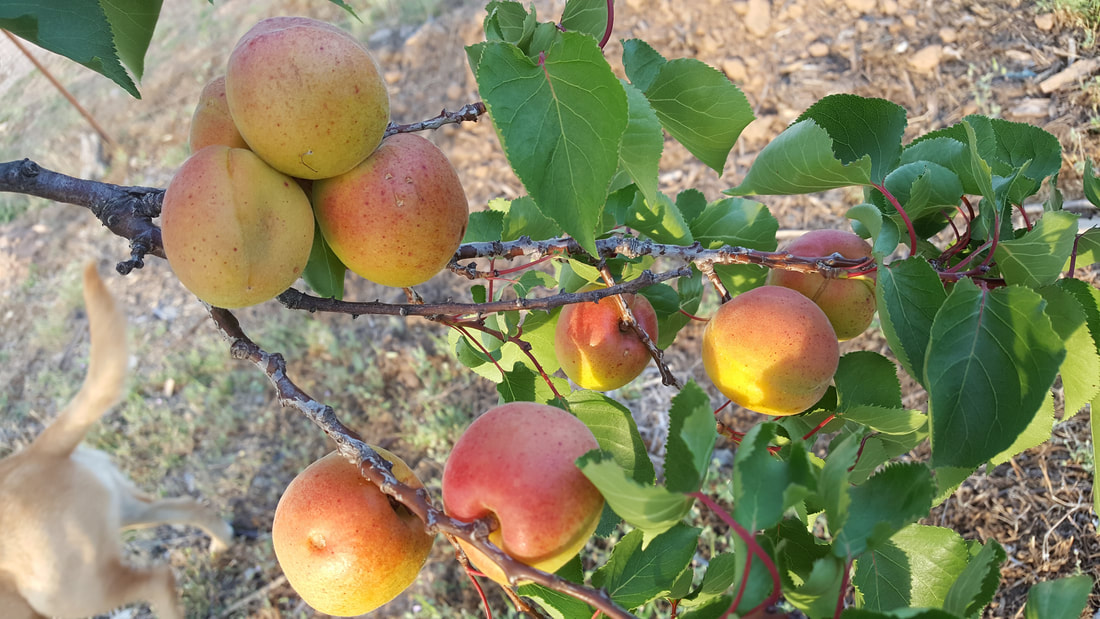
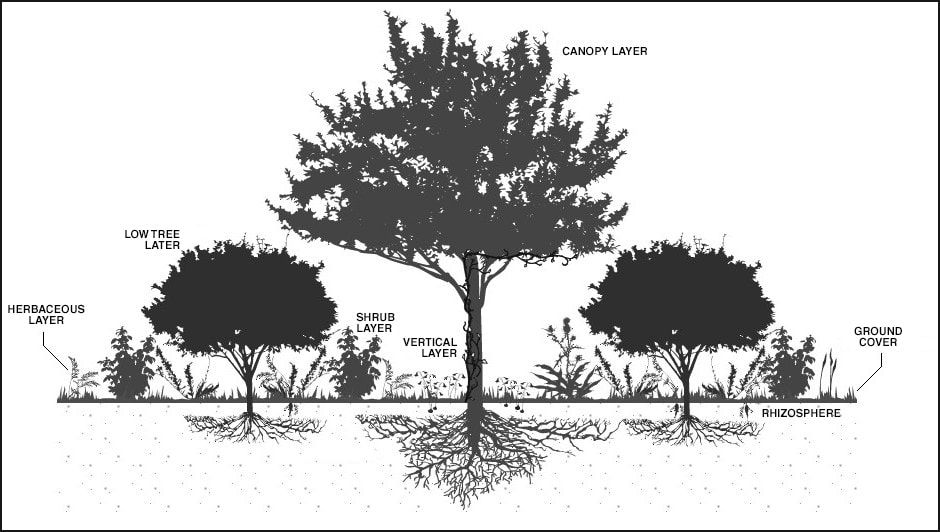
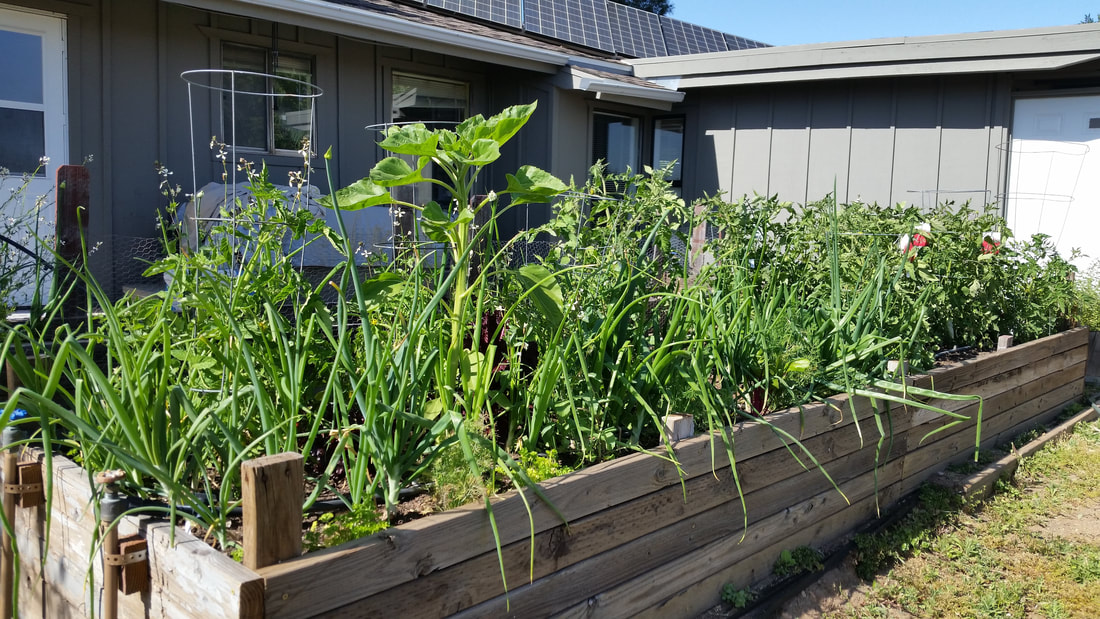
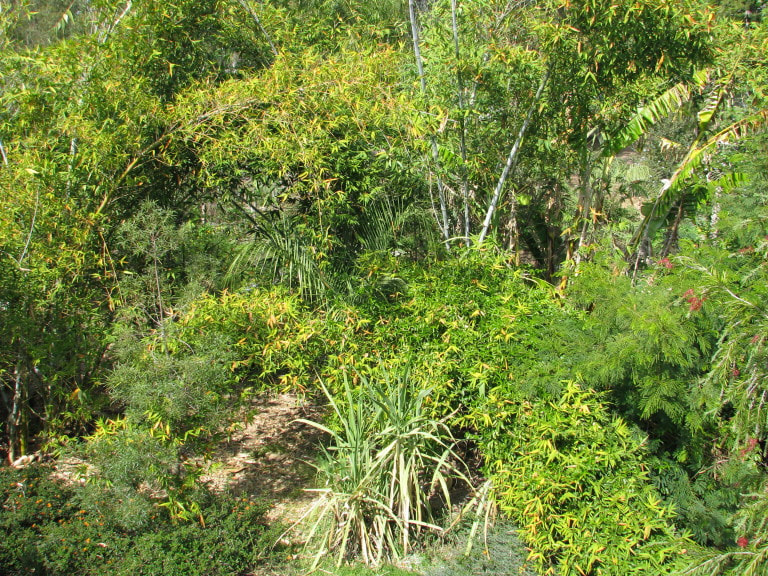
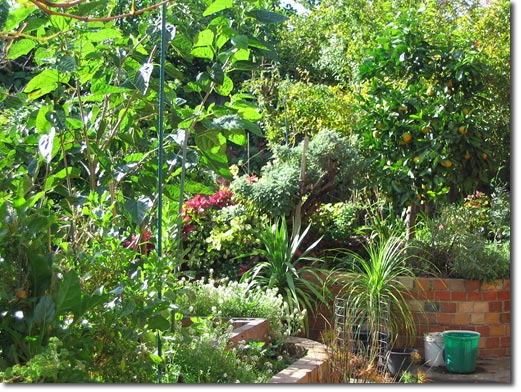
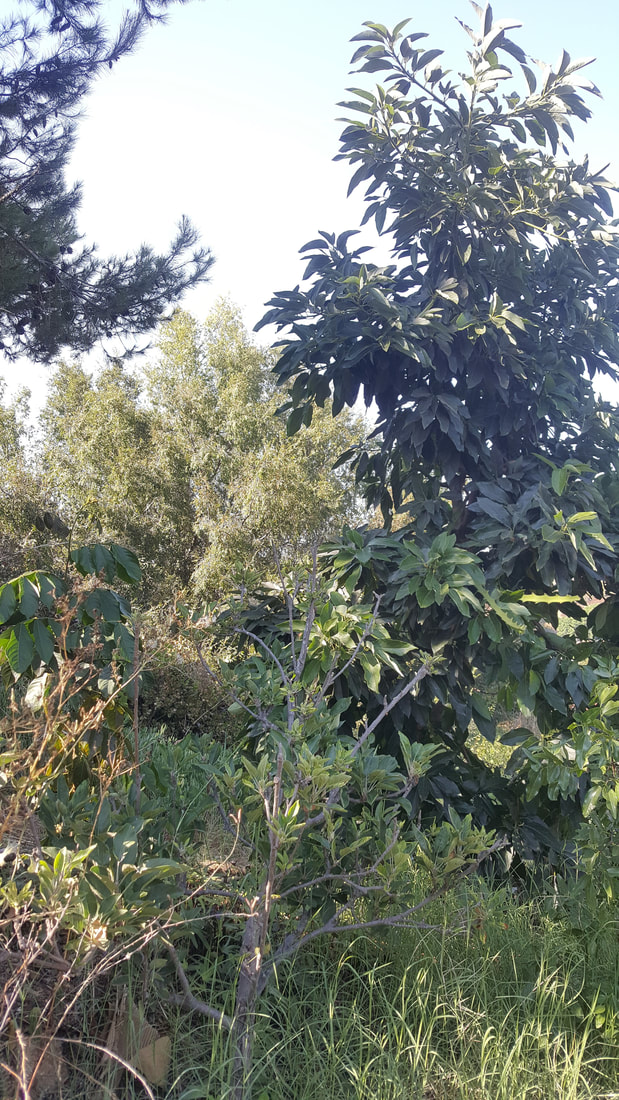

 RSS Feed
RSS Feed